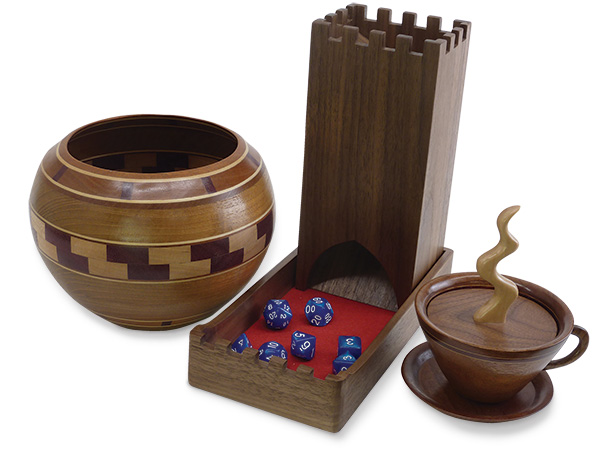
Does a scroll saw sit in a corner of your woodshop, covered by dust, unused and unloved, serving as a storage shelf or coffee cup holder? Do you consider it one step up from a sewing machine, because it looks like one and relies on hands to position the workpiece and guide the cut?
In the world of tools, where bigger often means better, this small-sized saw gives little evidence of its large-sized capabilities. Because many types of projects can be cut with the scroll saw (a good thing), it’s defined primarily by what it can make, rather than by what it can do (a not-so-good thing). As a result, its use as a versatile shop tool is largely ignored. Here’s some information to fill in the gaps and motivate you to dust off, and perhaps even upgrade, your scroll saw.
Scroll Saw or Band Saw?
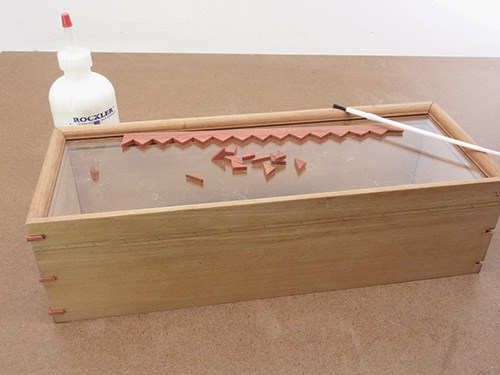
When making curved cuts, most woodworkers think “band saw,” rather than “scroll saw.” Both use a variety of blades,and both can make angled cuts of up to 45˚. The band saw clearly has the advantage in power and size of stock that can be handled. However, it cannot make internal cuts without cutting in from the edge. Even if made with the grain and glued carefully, such cuts remain visible on the sides of the wood. In addition, setup and blade changes are time-consuming, and the sharp blade can inflict damage if handled improperly.
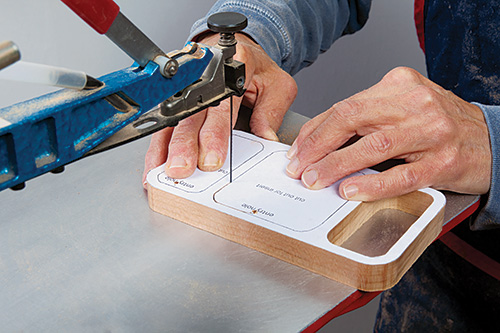
The scroll saw is the tool of choice if workpieces are small or if fingers come close to the blade. Tasks such as cutting keys for miter slots are performed quickly, accurately and safely, requiring only two simple cuts per key.
The scroll saw also makes internal cuts and cutout areas with ease. To cut out an area, drill a blade entry hole, insert the blade, cut along the line, then smooth the edge with a spindle sander.
Additional Uses
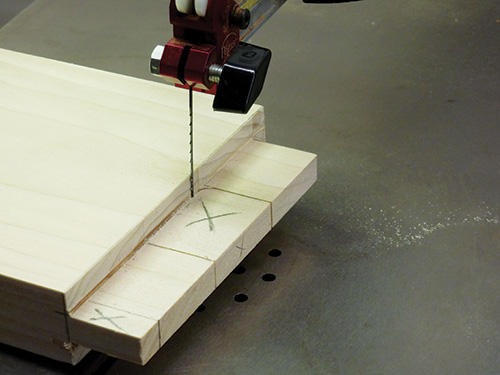
The scroll saw can be used to cut the cheeks of a dovetail and to divide a wide tenon into two smaller ones. It can also cut the bottom curve of an apron for a small table or étagère. Use the saw to cut veneer for marquetry or to cut thin stock for double-bevel inlays. Give a box a decorative edge or integral feet, or simulate an inlay on a lid. You can even scroll a custom chain support.
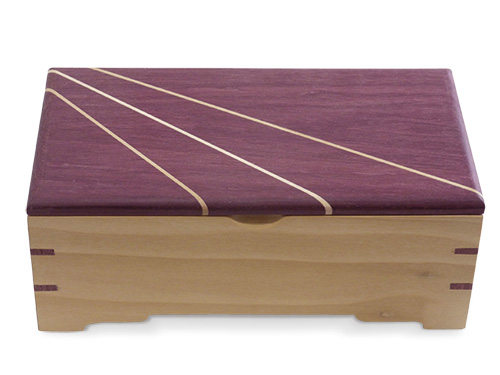
As if this weren’t enough, you can always try a puzzle or other scrolled project, or make one with your child or grandchild. Unlike other power tools, the scroll saw provides a safe and engaging way to introduce a youngster to woodworking.
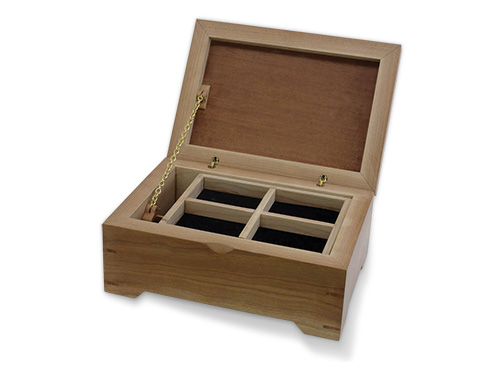
Before dusting off your scroll saw, assess the state of your scrolling skills. If they are rusty or nonexistent, bring them up to speed. Once learned, they can open the door to many fresh and exciting possibilities in your woodshop. Oh, and the answer to the original question? All of these projects were made with the scroll saw.






